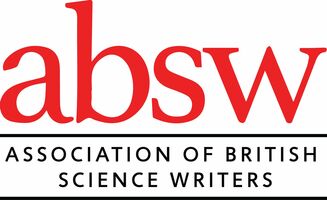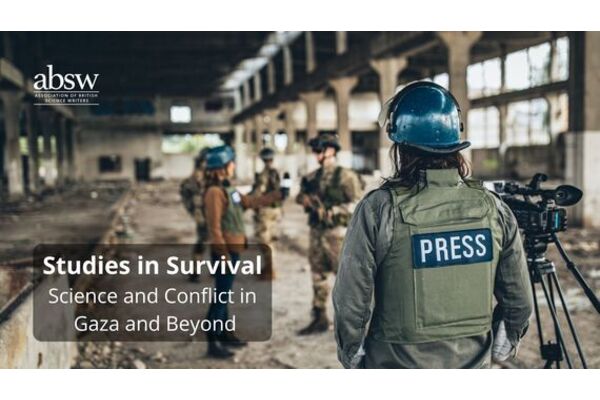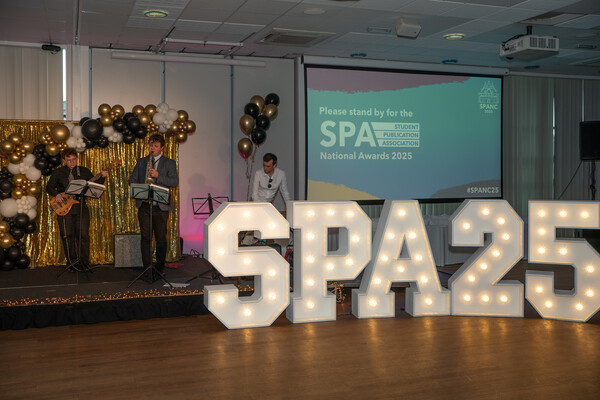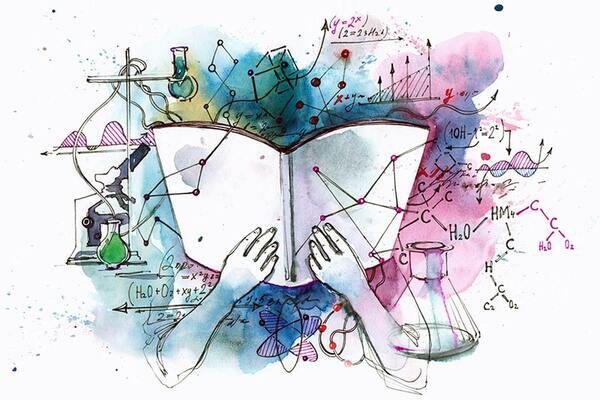As clichéd as it might sound, no two working days are the same for Peter Ranscombe. His journalistic work covers a diverse range of topics from cancer research to business news, to wildlife stories, and even food and drinks pieces. On any given day, Ranscombe could be found at his desk, researching, writing, interviewing experts over calls, out visiting wineries to witness new wine-making techniques, meeting sources, or on the lookout for his next story.
Even as a young boy, Ranscombe was certain he wanted to be a writer. “It’s something that's hardwired into me,” he says. Having an excellent grasp of physics, chemistry, and mathematics meant that writing about science was a natural choice for him, and he started accruing stories to his name long before he went on to study journalism. As an undergraduate student in physics, Ranscombe penned articles for the student newspaper and the astronomy society magazine and gained experience working at Scottish Television and The Scotsman newspaper. Building up this portfolio at an early stage helped Ranscombe to subsequently secure a postgraduate position at the Scottish Centre for Journalism Studies.
Today, Ranscombe wears multiple hats: journalist, copywriter, media trainer and book author. His days can swerve from delving deep into the chemistry of whisky production to dissecting the ups and downs of the financial world. Though his features can be worlds apart, his process remains the same. “The thread that runs through all my writing is taking complex topics and trying to explain them in everyday language,” Ranscombe says. Underpinning this process is Ranscombe’s ability to quickly identify the key questions surrounding a story and find the right person to provide insight. Ranscombe emphasises that no matter their own credentials, a journalist must never assume they’re the expert.
“The journalist should go out and interview the real experts, the people working in the field,” he says.
Ranscombe learnt these lessons thanks to his early journalistic experiences and his time working at The Scotsman. After nine years of writing for the newspaper, Peter moved on to a freelance career in 2014. For some, this shift can be daunting. But, as a self-starter who is happy in his own company, Ranscombe has never been troubled by feelings of isolation or demotivation whilst working independently. “I don't have any trouble getting up in the morning and starting work at home,” he says.
Having said that, he acknowledges that working from home day in and day out could be a challenge for some. The lack of “watercooler chats” when freelancing can deprive writers of friendly banter and spontaneous exchange of ideas, but Ranscombe believes that they can be mimicked by emailing, texting or calling friends and past colleagues. Networking groups such as the Early Career Science Writer Network are particularly important in bringing together new writers or those who have never worked in an office, he emphasises.
“But, if you're a successful freelancer, you're not really going to be isolated because you're going to be interviewing people, whether that's on the telephone, on a video call or in person,” Ranscombe adds.
Ultimately, a freelancer’s job is to go out and meet people, talk to them about their work and passions, and share their stories. In fact, he used this same principle when writing his debut novel, a historical thriller called Hare, about two serial killers in 19th century Edinburgh. “I was able to dip back into the archive and read some of the newspaper reports from the time. So, in terms of similarities, a lot of the historical research was the same as if I was researching a factual story,” Ranscombe reminisces.
These diverse roles have enabled Ranscombe to substantially enhance his earnings over the past years, but he points out that freelancing isn’t a bed of roses. Low rates of pay and late payments hold many back from becoming independent writers. To help stay ahead of the curve, Ranscombe recommends putting aside money for taxes, saving for lean months, creating and managing a pension plan, and diversifying sources of income.
Outside of work, Ranscombe is training to be a non-stipendiary minister and relies on his narrative skills for preaching in church. Irrespective of his title – journalist, copywriter, media trainer, author, preacher – the element that runs through all his work is storytelling. And the secret to telling a good story is to first understand it well yourself.
Edited by Victoria Atkinson

Sahana Sitaraman is a freelance science journalist from India currently based in Switzerland. Sahana enjoys writing about a wide breadth of topics in biology, from how stem cells could save pandas to the discovery of a new type of cell in mammals. When she's not working on a story, Sahana loves to hike, paint and cook.
The Early Career Science Writer Network (ECSWN) is a global community of science media professionals within the first five years of a journalism career. The network offers training and development opportunities for its members and provides an informal space to chat openly with peers at the same level.
The ‘A Day in the Life of’ (ADITLO) series is a collection of profile-type articles chronicling a day in the life of different media roles, written by members of the ECSWN. The scheme provides a valuable opportunity for new journalists to develop interviewing, writing and editing skills while creating a helpful resource which gives those joining the industry an insight into the everyday reality of different science journalism roles.
'A Day in the Life of Helen Cowan, Health Writer, Nurse, and Informal Carer', by Tripp Collins








